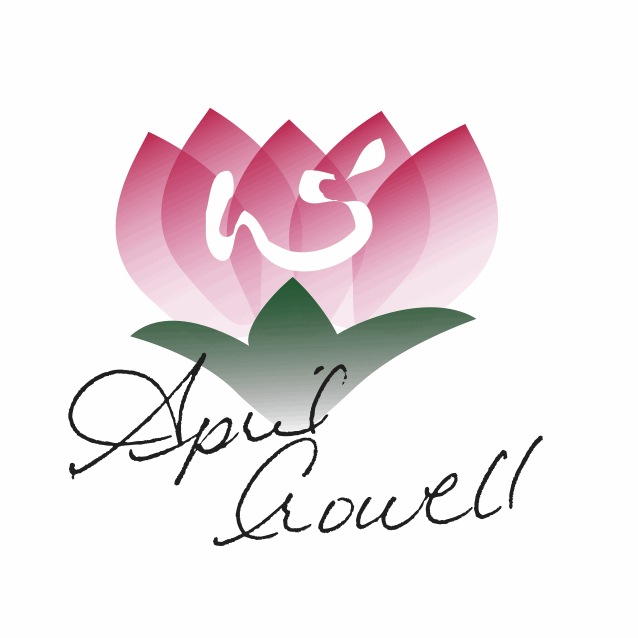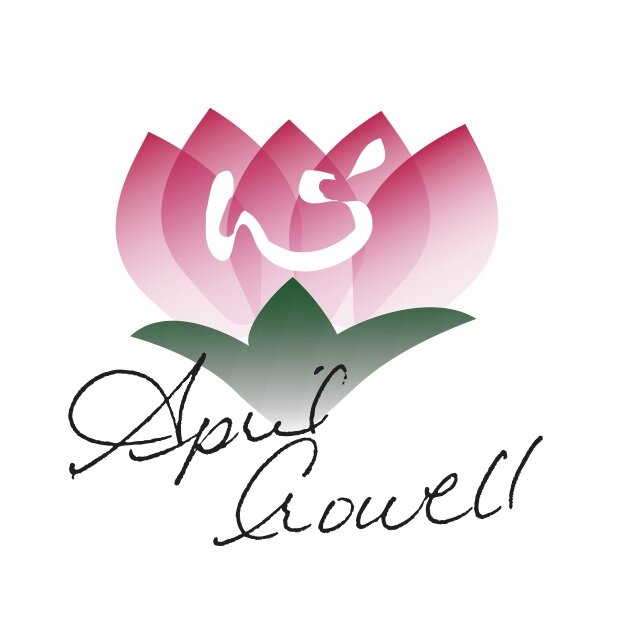Lavender’s Lovely Energetics
What does the word lavender bring to mind? Images of vast fields of spikes of purple and blue waving under the Mediterranean sun? Fragrant bundles of Herbes de Provence, sleeping pillows, infused wines or vinegars, or vineyard rows capped with the shrubs to ward off pests? Whatever the image, the image is usually accompanied by a calm remembering of lavender’s pungent, floral muskiness.
From medicinal and ceremonial uses to keeping the scorpions at bay lavender’s boast a long and far reaching history. Documented use of lavender dates back to ancient Rome where it was used in baths, to freshen linens, to aid in digestion and sleep. It was one of the first flowers to be readily used for making perfumes and insect repellents. To this day, it’s still used to repel scorpions, ants and other creeping critters.
Dozens of varieties are available, ranging from deep green foliage and white flowers to silvery leaves with blue blossoms, it is no wonder that lavender continues to weave its magic in our modern worlds.
When you look at the Asian Energetics of lavender it is easy to see how amazing this plant is.
Lavender (lavandula) is pungent, slightly bitter and cooling or slightly warming. It is both stimulating and relaxing at the same time. It can help Qi descend to the center of the body while dispersing it to the extremities. Lavender is both restoring and astringing.
Sounds a bit contradictory, doesn’t it?
Lavender is a regulator – it’s a wise herb that knows to adjust here, break up a blockage there – when we delve a little deeper, it will make sense. From an organ perspective lavender enters the nervous system and the brain, the uterus, the Kidneys, Lungs, Liver, Spleen and the Conception and Governing vessels.
A little tip for Asian medicine practitioners. “Like can treat like” – the purple of lavender will treat stagnation like Raynaud’s Syndrome that appears as a purple hue under the fingernails, in the lips or as distended veins under the tongue. If you are treating stagnation use lavender.
Lavender circulates the Qi, calms the stomach, resolves damp and cold
Chill easily? Feel stagnant and cold, have loose, sluggish digestion? Lavender is a wonderful addition here. By warming and circulating Qi, lavender will relieve symptoms of Qi constraint, especially of Heart Yang deficiency including: palpitations, dizziness, shortness of breath, cold limbs, high blood pressure, cyanosis of the lips (purple/blue hue). That purple hue indicates stagnation. The warming and circulating action also treats chilliness, loose stools, stops vomiting, appetite loss, menstrual cramps and urinary incontinence.
Nourishes and strengthens the uterus
Use lavender to help relieve discomfort caused by PMS and menstrual cramping. Its ability to enter the nervous system and the uterus makes it safe to use during the last three weeks of pregnancy. Because lavender stimulates the uterus do not use it during the first part of pregnancy. During labor it will help the mother relax–without turning her into a noodle–while reducing pain.
Lavender calms the mind and the nerves
Possibly lavender’s most famous function is its ability to calm. Lavender enters the Heart, settling the shen (mind/spirit), calms an over active brain and soothes frazzled nerves and eases depression. Tinctures, steams or blossoms in pillows have been used for centuries to promote restful sleep. If you are someone that stays in the ‘fight or flight’ response a lot, consider adding lavender into your world. Also great for tween and teen angst.
Lavender releases to the exterior and promotes sweating
When you find yourself fighting a cold, allergies or the flu…you are battling an exterior invasion. Lavender’s dispelling and Qi stimulating nature helps to open pores and produce sweating to relieve fever, headaches, sinus congestion and sore throat. The blossoms also help ‘ripen and promote’ eruptions–think chicken pox and measles.
Reduces infection, inflammation, repairs skin and heals tissue and fortifies the ‘Wei Qi’
Doesn’t matter where the infection or inflammation is, lavender will help. Use it with bronchitis, eye infections, asthma, insect bites, bee stings, plant irritations (nettle stings and poison ivy), wounds and bruises. It is especially effective at rebuilding damaged skin from burns and eczema.
How to use lavender
Use as tinctures, infusions or as essential oil. Honestly, grabbing the essential oil is simplest most condensed form to use, especially if you don’t have the time or desire to make your own preparations.
Use in baths, steams and teas for colds, flu, fevers and sinus congestion.
Add to oils – add a few drops to apricot or other light oil to soothe over burns, rashes or sore skin. Place a couple drops of the infusion on your pillow.
Eat or drink lavender – add the blossoms to desserts, light teas or infuse honey with it. Berries in Lavender? Herbs De Provence?
Be well!








